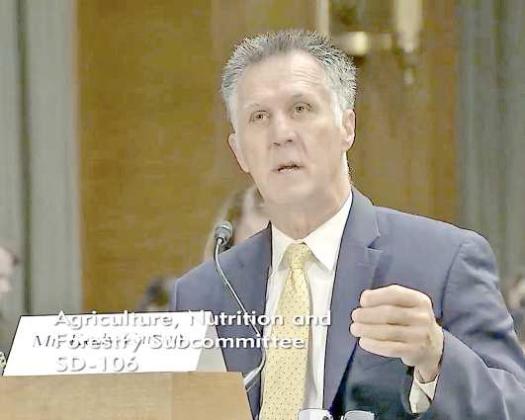The drought continues even though some isolated rain showers have been received the last few days. Here in Levelland we have not received a single weather event where the precipitation measured more than 1.0” since October of 2022. That is 200 days since we have received appreciable measurable rain.
Soil temperatures are generally good now for planting cotton. You must remember though that dry soil does not hold temperature as consistent as a moist soil. So, where you are or have been applying pre-irrigation, those fields will have a soil temp which should be steadily increasing with increasing daytime temps. Versus dryland acres the soil temp has fluctuated when our nighttime temps have dipped down into the low thirties. As we move deeper into May this will change of course. Our nighttime temps will most likely not dip below 55 from here on out and conditions become more conducive for cotton germination. It is the moisture that is the huge hurdle. Even in areas where it has rained soil can dry out so quickly because there is little to no stored moisture in the profile for that rain to meet and remain in the seed zone for more than a few days if not hours. My suggestion is that we be as patient as possible to allow for the chance of rainfall and soil/air temperature to continue to improve.
Currently, I am not finding thrips moving in or near wheat fields, which is the source for this cotton pest. High Plains cotton producers need to be mindful of both above ground plant pest activity, but also the developing root system for any abnormalities such as galls from nematodes or root pruning from wireworms.
My prayer is that it will be too wet to do anything else, so I will see you next week. Kerry


